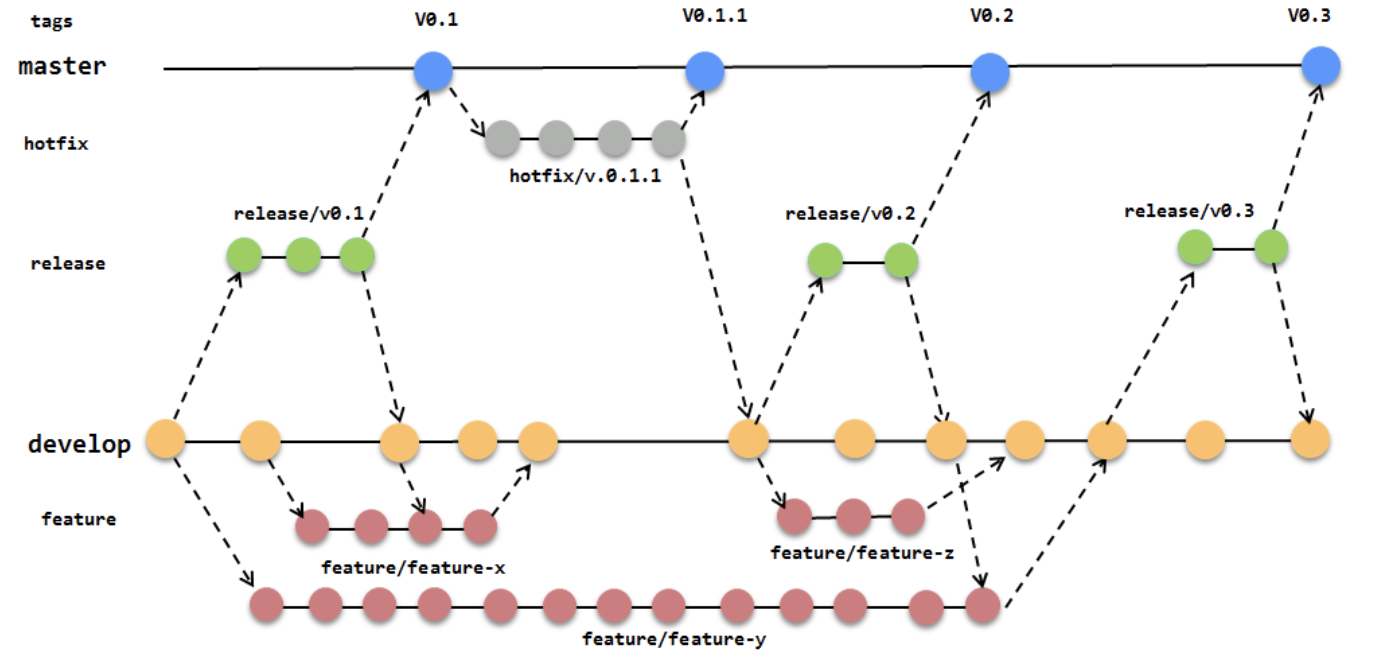

release - created from develop branch when a specific set of features is ready for production, considered as a “release candidate” for the next production release.feature - created from develop branch, used for developing new functionalities, gets merged back into develop.develop - contains the latest integrated code from the merged feature, release, and hotfix branches.main (master) - contains production-ready code.This model contains the following types of branches: The idea behind it was to enable parallel development where developers can work on features separately from each other without directly affecting the main branch's codebase. GitFlow is a branching model defined back in 2010. After that, we’ll examine another approach that supports continuous integration and delivery. We will go over each listed here, see their pros and cons, and what characterizes them. Let’s list them out and take a look at their main characteristics, along with the pros and cons: There are a couple of options when selecting a branching model.
#GITLAB BRANCHING STRATEGY HOW TO#
In this article, we are going to talk about git branching models (strategies, workflows), which one to choose for your team depending on the setup, what are the pros and cons, and how to decide which one is for you or why would you even need it in the first place. There are a couple of mainstream branching models that could fit into these descriptions. “We have the main branch, and we merge everything there. “Oh, we have a development branch everything is merged there. How many times have you asked someone which branching model (or branching strategy) they are using on a project, and the answer was something like:


 0 kommentar(er)
0 kommentar(er)
